How to reduce your power bills: Energy saving tips to cut your electricity costs
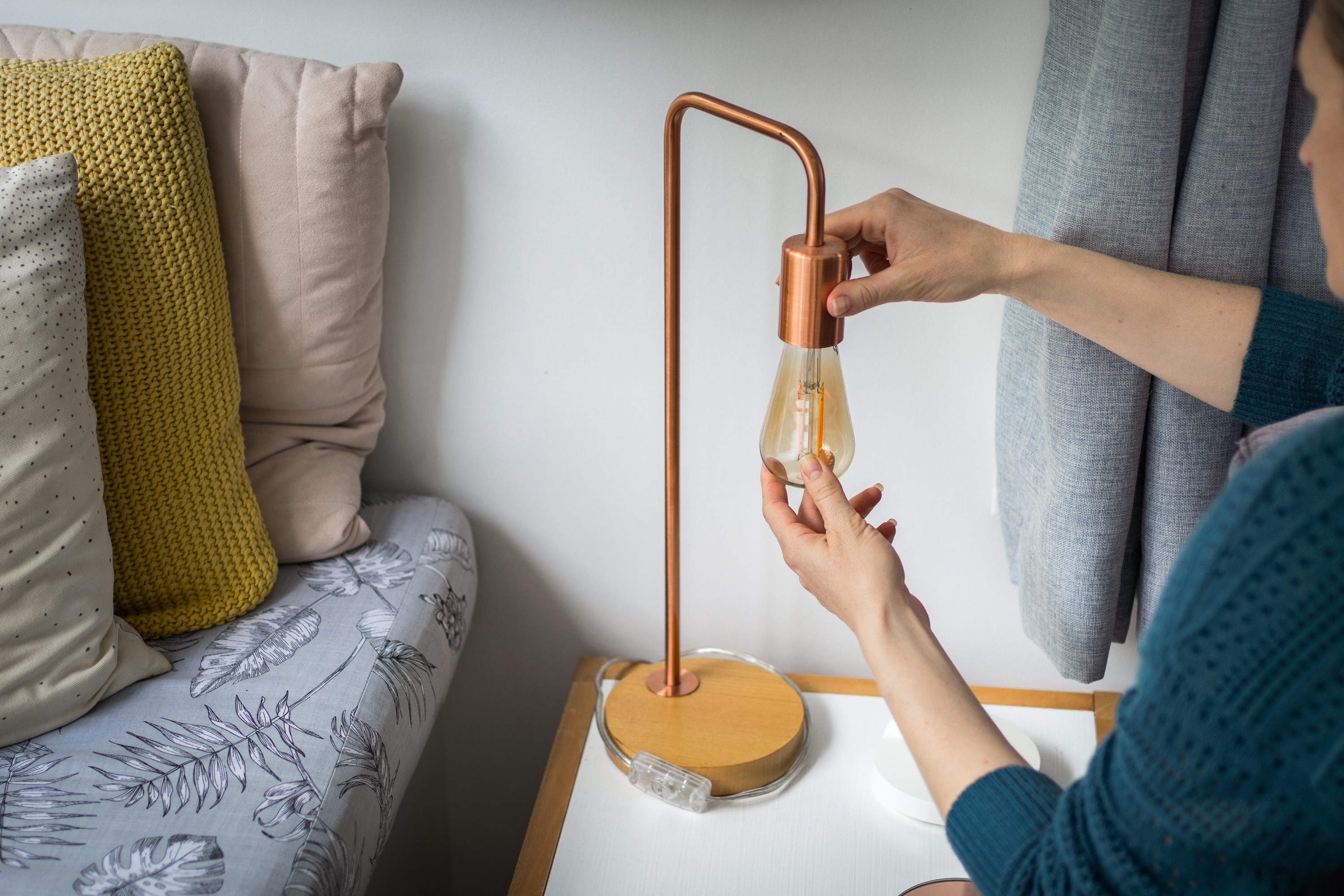
There’s nothing quite like the feeling of dread that lands when your electricity bill arrives each quarter. Now more than ever, Aussies are feeling the pinch of electricity costs and are searching for ways to save.
There’s no doubt that cooling, heating and general power systems are essential to everyday life in Australia, but there are ways to slash your spend.
In this article we’re sharing tips and hacks to help you reduce power bills in your home.
First things first - get to know your current plan and usage
Before we dive into the different power saving strategies, it’s important to properly understand the power you’re already using, how much you’re paying for it and any other conditions of your electricity plan and provider.
Reading your electricity bill
Electricity bills can feel overwhelming or hard to understand. To help, we’ve broken down some of the terms you might come across on your quarterly bill.
Anytime usage: All day electricity usage charges also referred to as Peak consumption charge or Residential tariff.
Off peak: The part of the day when most homes are not using much electricity eg. middle of the day or late at night. Many hot water systems are on an off-peak or ‘controlled load’ tariff. Any appliances on this tariff are generally charged a lower fee for using energy out of peak times.
Supply charge: The cost of electricity to your house through the poles and wires. This is not based on how much energy you actually use. This charge may also be referred to as the Daily Supply Charge or Service to Property Charge.
Discounts: Your electricity bill will also have a section to show discounts you are entitled to on your plan, solar feed-in tariff and any rebates or concessions (if eligible). These could include a pay on time discount, percentage discount off your total bill or discounts for direct debit payments.
Graphs: Many power bills will include a graph showing your electricity usage compared to other households in your area.
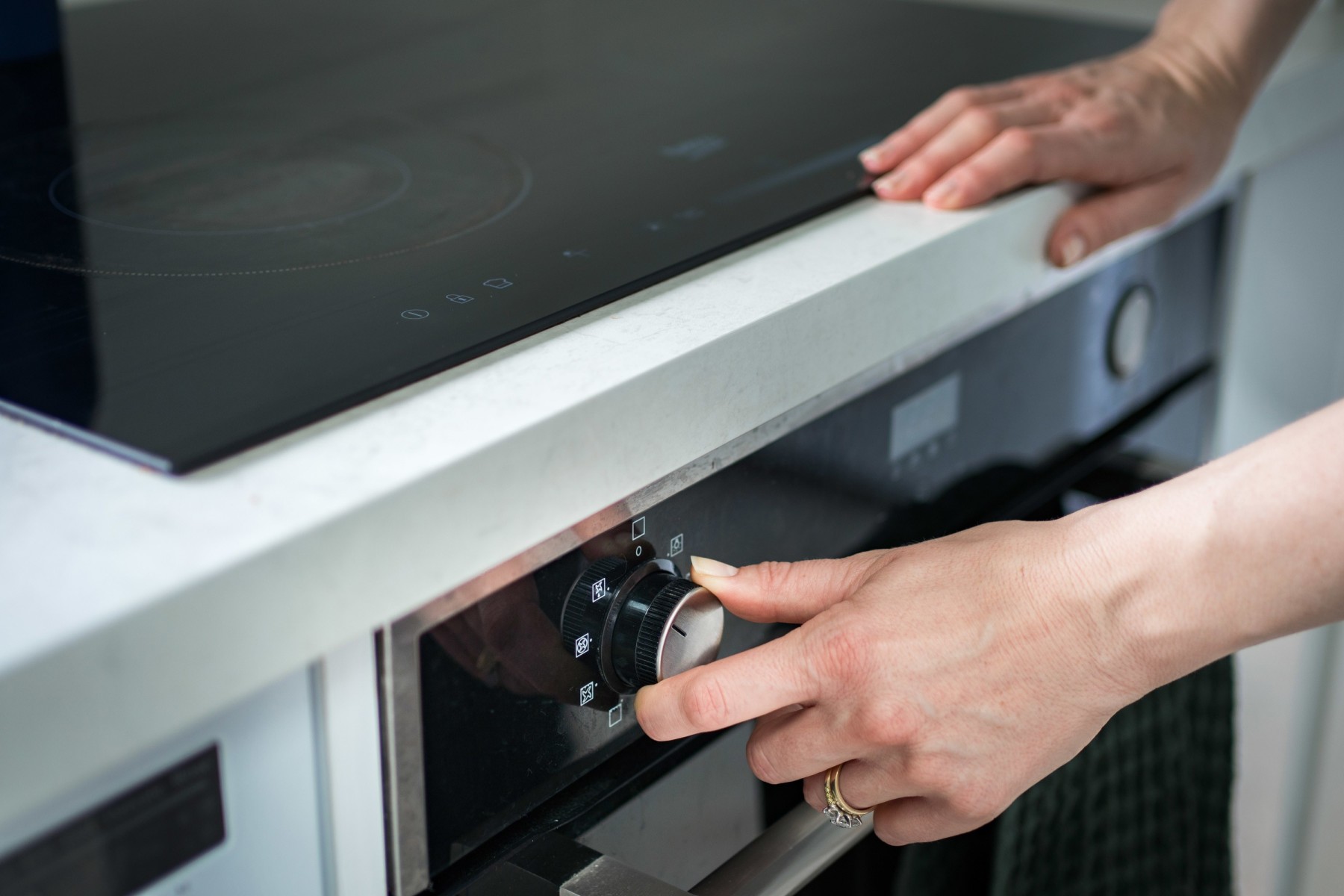
Understanding what plan you are on
There will likely be a heading or section of your bill that is titled Energy Plan, Tariff type, Current Agreement (or something similar to this).
If the name of your current plan is Standing Offer, Standard Tariff or something similar to these names, you are likely on the company’s generic or base plan.
These plans are not typically the cheapest or most competitive offers available.
However, if your bill is titled Market Offer, Saver offer, Flexi Offer, Discount or something similar, you are at least saving some money compared to the base plan.
Home power fast facts
You probably don't realise just how much power you’re wasting on these household items and appliances:
-
Household lighting represents about 6% of your electricity costs.
-
You can reduce your lighting costs by more than 80% by replacing old light bulbs with more energy efficient options. These options also last up to 10 times longer.
-
For every 1 degree of extra cooling or heating it could increase your electricity usage by up to 10%.
-
Your appliances use power even when not in use.
-
Hot water is responsible for around 25% of the average household energy bill.
-
Household appliances can account for up to one third of your energy bill.
Average household energy consumption in Australia
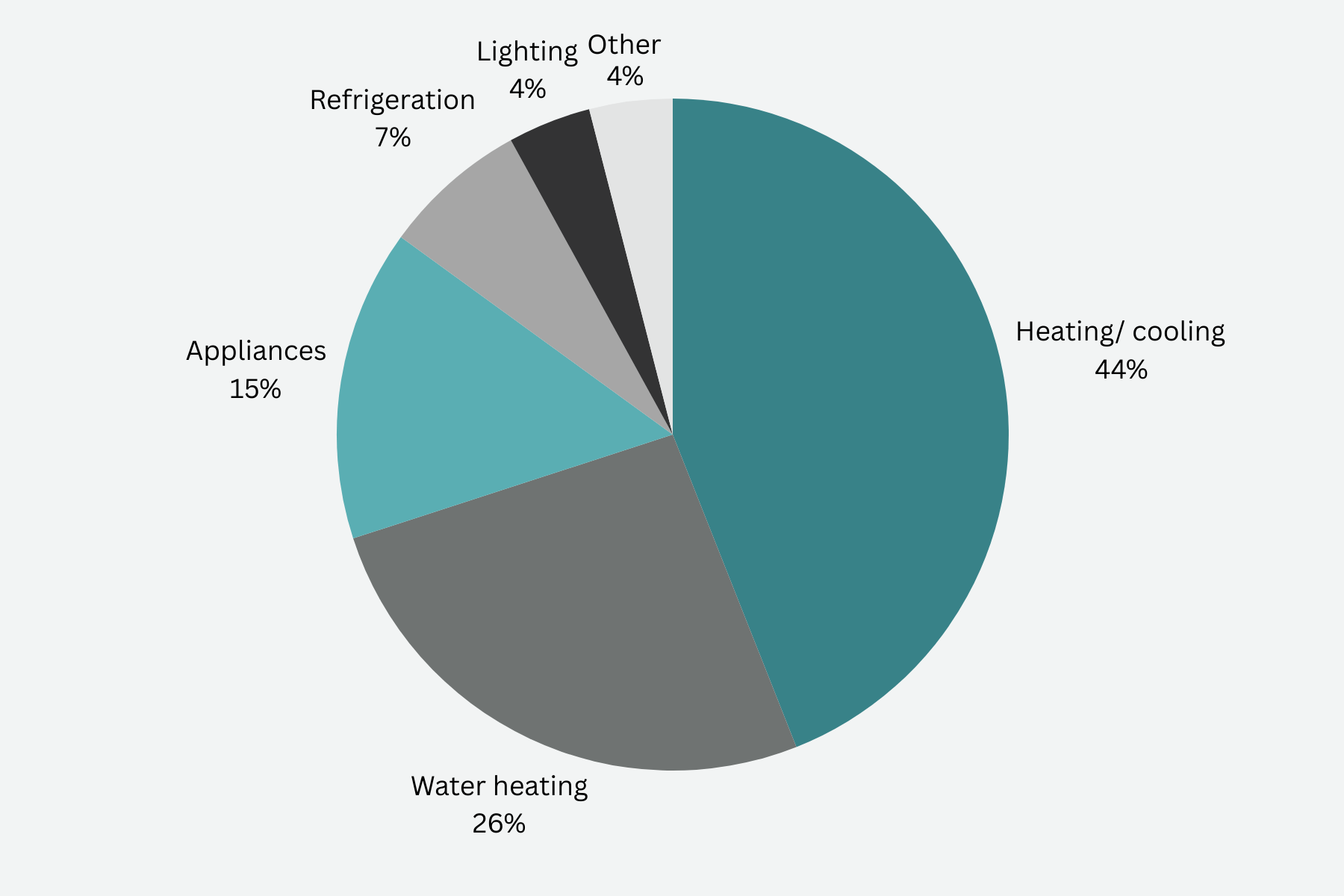
Energy saving tips to reduce your power bill
1. Shop around for the best deal
If after you have inspected your energy bill you find that you aren’t on a competitive plan, it’s a great idea to shop around or contact your provider to negotiate a better deal.
The energy made easy website is a great place to compare the different energy companies and plans available in your area - best of all it’s free and independent so you know you’re getting sound advice.
2. Get power savvy in the home
People often overlook simple power saving steps thinking they won’t make a significant difference to the quarterly bill. They’re wrong. By following these steps you could seriously slash your costs over the course of the three month billing period.
-
Ensure your electric hot water is on a controlled load (off-peak) tariff.
-
Use cold water for laundry combined with a suitable cold water detergent.
-
Fully load the washing machine, set to economy wash to save on energy use.
-
Clean the clothes dryer lint filter after every load and don’t mix light and heavy clothes together, as they take different amounts of time to dry fully.
-
Avoid using the dryer where possible. Instead use the sun or an indoor rack placed near a sunny window to dry clothes.
-
Open your windows and doors to create cross breezes and use fans to circulate the cool air.
-
Close your doors, windows, curtains and blinds in areas you want to cool or heat, so the air stays inside.
-
For cooling, set your air conditioner temperature between 24°C and 26°C.
-
For heating, set your air conditioner temperature between 18°C and 20°C.
-
Clean your air conditioner filter twice a year to ensure it runs as efficiently as possible.
-
Clean seals on the fridge and freezer and replace if they do not seal adequately.
-
Draught-proof your home. This is a cheap and easy way to keep your home comfortable and save up to 25% on heating and cooling costs.
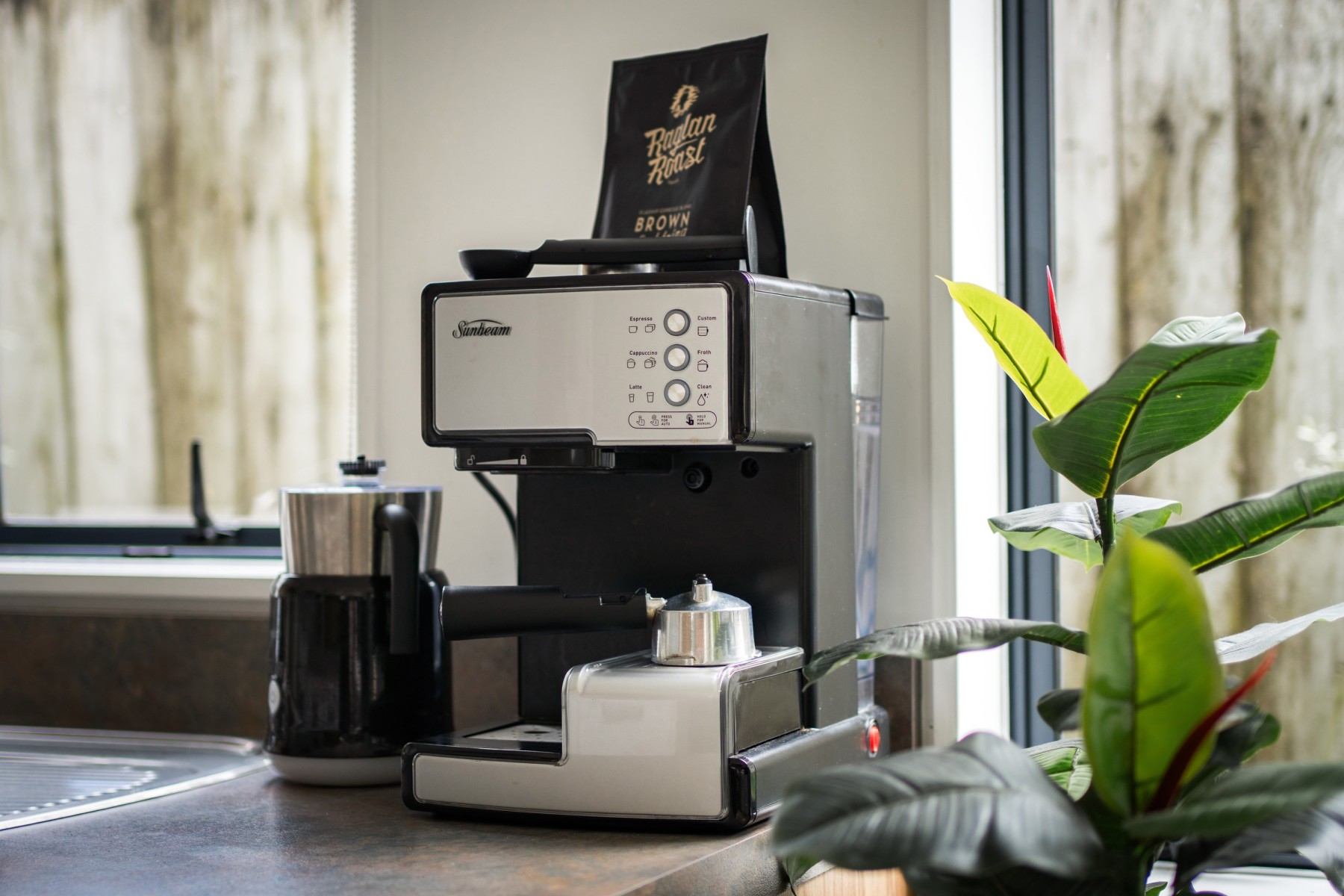
3. Choose energy efficient appliances
Energy efficient light bulb options like LED or compact fluorescent lamps save power and also last 5 to 10 times longer than conventional light bulbs.
If you're buying a new major household appliance such as a fridge, freezer, television, washing machine, dryer, or air-con, look for the Energy Rating Label. High star-rated models tend to cost a little more, but over the product's lifetime the energy savings can add up to far more than any savings made on the original purchase price.
Fit a low-flow showerhead in every bathroom. Again, these fittings can be more expensive upfront but the shift will more than pay for itself in a very short time by how much it saves you in energy costs.
4. Consider solar for your home
Solar power offers considerable power savings in the home. It’s also an important step away from fossil fuels and towards sustainable power consumption.
Check out our guide to solar panels Australia for a full rundown on the types of solar panels available, costs and other considerations.
Power rebates and concessions
To help support Australians facing increased cost of living pressures, and to help residents transition to more sustainable power consumption, there are a number of rebates and concessions available when it comes to energy costs.
One example is the Energy Bill Relief Fund.
This fund offers electricity bill relief for eligible households and small businesses from 1 July 2023.
You can learn more about this as well as countless other rebates available across different states and territories by using the search feature on the Australian Government website.
Energy consumption around the country
As a whole, Australia has a bit to do in the way of reducing power usage. The latest report by Energy Gov showed an increase overall in power usage. By looking at energy consumption across the country it’s easy to identify the hotspots where more power is used.
NSW and QLD come in joint first place for most power usage while Tasmania uses the least overall.
| Annual Usage | % of Aus | |
| NSW | 1,439.2 | 24.5 |
| QLD | 1,441.7 | 24.5 |
| WA | 1,293.6 | 22 |
| VIC | 1,172.6 | 19.9 |
| SA | 300 | 5.1 |
| TAS | 129.6 | 2.2 |
| NT | 105.5 | 1.8 |
| AUSTRALIA | 5882.2 | 100 |
Reducing your power bill - the final word
Reducing your power bill is achievable with a combination of smart choices and proactive measures. With these tips you’ll position yourself to save money and contribute to a more sustainable environment.
If it all feels like too much, start small. Implement just a few of our tips and gradually increase them over time - every little bit helps to cut your costs.

What do our customers say?

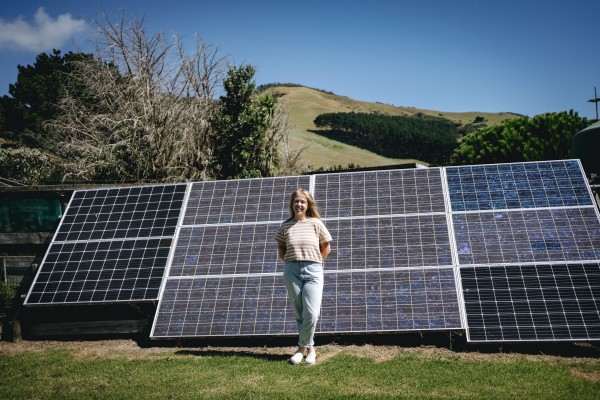
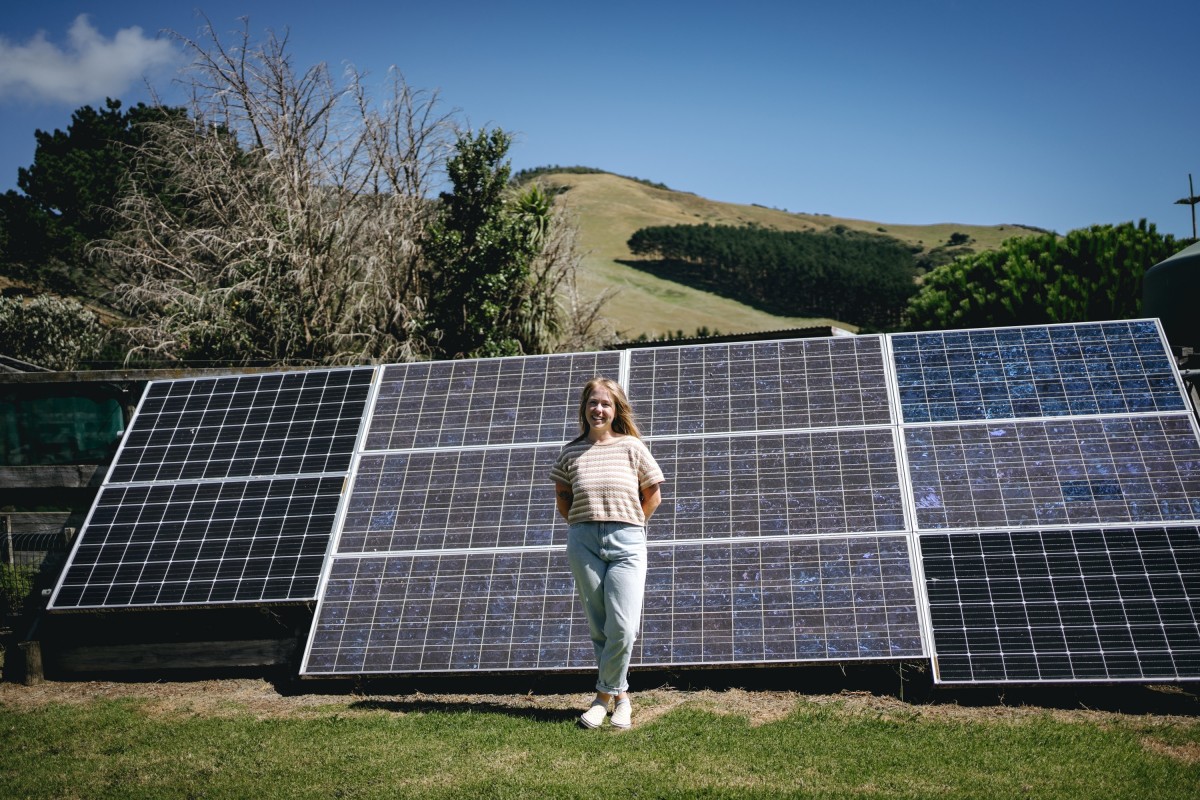
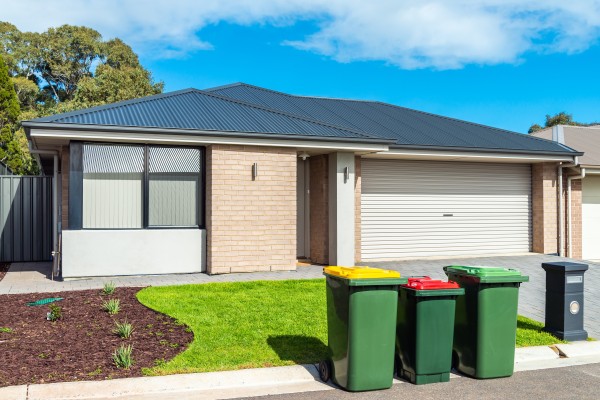
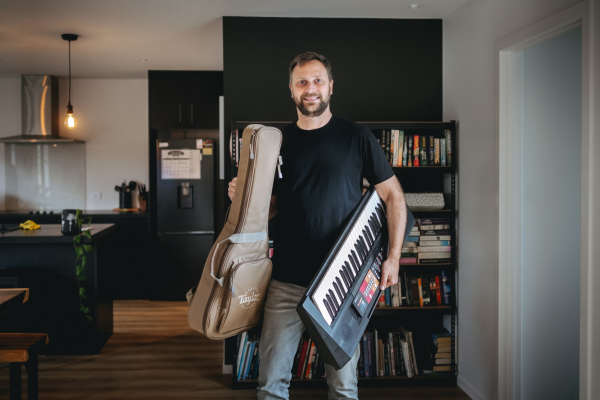




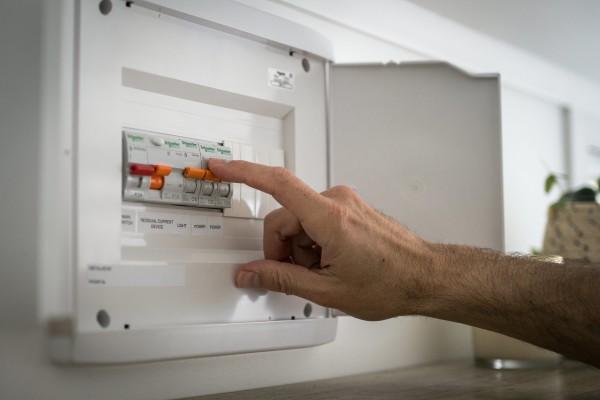


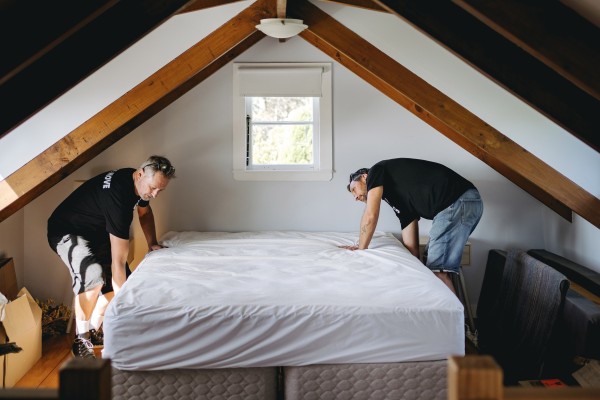




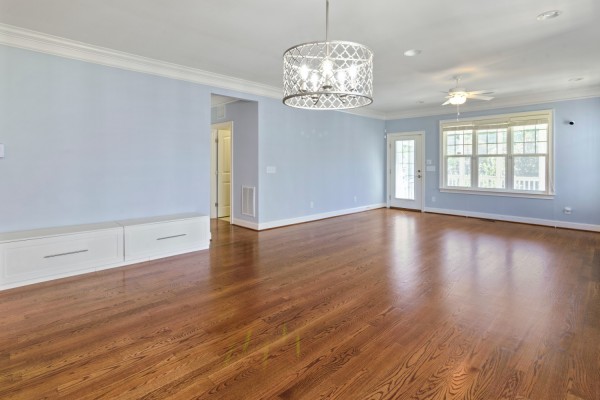
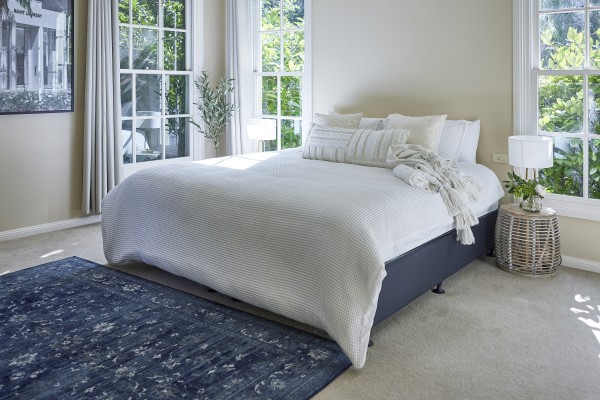





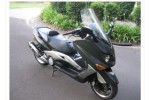

![Electric Bass Guitar Amplifier [90x70x35cm ; 50kgs], Electric Bass Gui... Electric Bass Guitar Amplifier [90x70x35cm ; 50kgs], Electric Bass Gui...](https://cdn.upmove.com.au/image/listing/3526991a6bdc56e645ac1b2a540b126e.jpeg)

